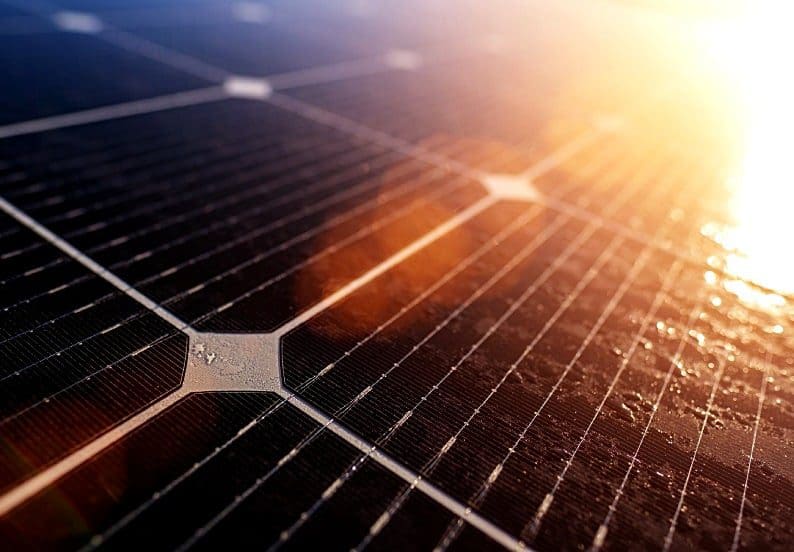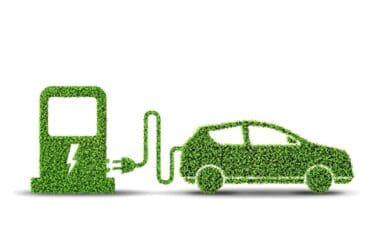Sustainability has become a recent trend that benefits us all and renewable energy sources have come to the forefront. Solar energy stands out as one of the most promising over the long term and solar panels, which were once considered a fringe technology that was mostly unattainable for the average homeowner, have now become a common sight on roofs across the country, from bustling cities to quiet suburbs. Cities are transforming homes into power stations, contributing to a greener environment and lowering energy costs for residents and businesses alike.
Image by Bruno /Germany from Pixabay
Understanding Solar Energy and Photovoltaic (PV) Systems
Solar energy can be a confusing topic, but let’s break it down with the most basic parts. First, you need to understand the term photovoltaic (PV) system, which is the key element of solar panels. PV systems convert sunlight, a renewable and sustainable source of energy, directly into electricity. This is made possible by solar cells embedded in the panels. The clean electricity generated is then converted from direct current (DC) to alternating current (AC) by an inverter, making it suitable for home use.
Advancement and Functionality of Residential Solar Panels
Solar technology has seen rapid advancements in the past few decades, leading to a remarkable evolution of residential solar panels both in their efficiency and design. The modern solar panels are a far cry from their older counterparts; they are sleeker, more potent, and come with advanced features that enable optimum solar energy harnessing.
Efficiency-wise, the solar panels of today have significantly improved photovoltaic cells, the core element that converts sunlight into electricity. Developments in materials science have led to solar cells that can absorb a larger spectrum of sunlight, translating to greater electricity output even on less sunny days. This enhancement in efficiency has made solar panels a more viable and reliable source of energy.
In terms of design, we’ve seen a transformation as well. Earlier versions of solar panels were quite bulky and limited in their aesthetic appeal. Today’s solar panels, however, are sleek and blend well with the structural design of homes. From thin-film panels to solar shingles, the variety available in the market is astounding.
The sight of these shiny blue or black panels adorning rooftops is not just a feature of major cities like Boston or San Francisco. In places like Springfield as more homeowners make the switch to this renewable energy source. The presence of these panels signifies not just aesthetic appeal, but also a commitment to sustainability.
Residential solar panels’ popularity is a testament to the growing environmental consciousness among homeowners. They recognize the impact of their choices on their carbon footprint and are taking active steps to reduce it. Adopting solar energy represents a significant stride in that direction, marking a shift towards cleaner, greener, and more sustainable living.
Benefits of Residential Solar Panels
The benefits of residential solar panels are manifold. From an environmental standpoint, they drastically reduce a household’s carbon footprint by replacing or supplementing traditional electricity derived from fossil fuels. From a financial perspective, solar panels can generate substantial energy savings. Some homeowners for instance, find that their electricity bills decrease significantly after solar panel installation. Moreover, a solar-powered home can see a noticeable increase in property value, providing an excellent return on investment (ROI).
Installation Process of Residential Solar Panels
Installing residential solar panels is a straightforward process, but it requires careful planning. Professionals assess factors such as roof type, orientation, and shading to ensure optimal energy production. Once installed, the panels require minimal maintenance and have a lifespan often exceeding 25 years.
Cost, Financing, and Return on Investment
Financing residential solar panels has also become easier, with numerous options available to homeowners. Many states offer attractive incentives and tax credits to residents who install solar panels. Furthermore, schemes like net metering allow homeowners to sell excess electricity generated by their panels back to the grid, effectively earning them money.
Solar Power Storage
The discussion about solar power is incomplete without mentioning solar power storage, or solar batteries. These are crucial for storing excess power generated during the day for use at night or on cloudy days, thus ensuring a consistent power supply.
Depending on one’s electricity needs and geographical location, one can choose between grid-tied systems, off-grid systems, or grid-tied systems with a backup battery.
Legislation and Policy
Government policies and legislation greatly influence the adoption of solar energy. For instance, residents of several states are encouraged to install solar panels due to favorable local policies. These incentives make solar panels an appealing investment for those looking to make their homes more sustainable.
Embracing a Sustainable Future with Solar Energy
In conclusion, investing in residential solar panels is a significant step towards sustainable living. Whether you’re living in sunny California or are a resident of Missouri searching for solar panels in Springfield, adopting solar energy has a myriad of benefits. Not only does it contribute to the health of our planet, but it also offers financial advantages, making it a win-win for all.
As more people realize the potential of solar power, we move closer to a world where every home harnesses the power of the sun, pushing us towards a brighter and more sustainable future.










